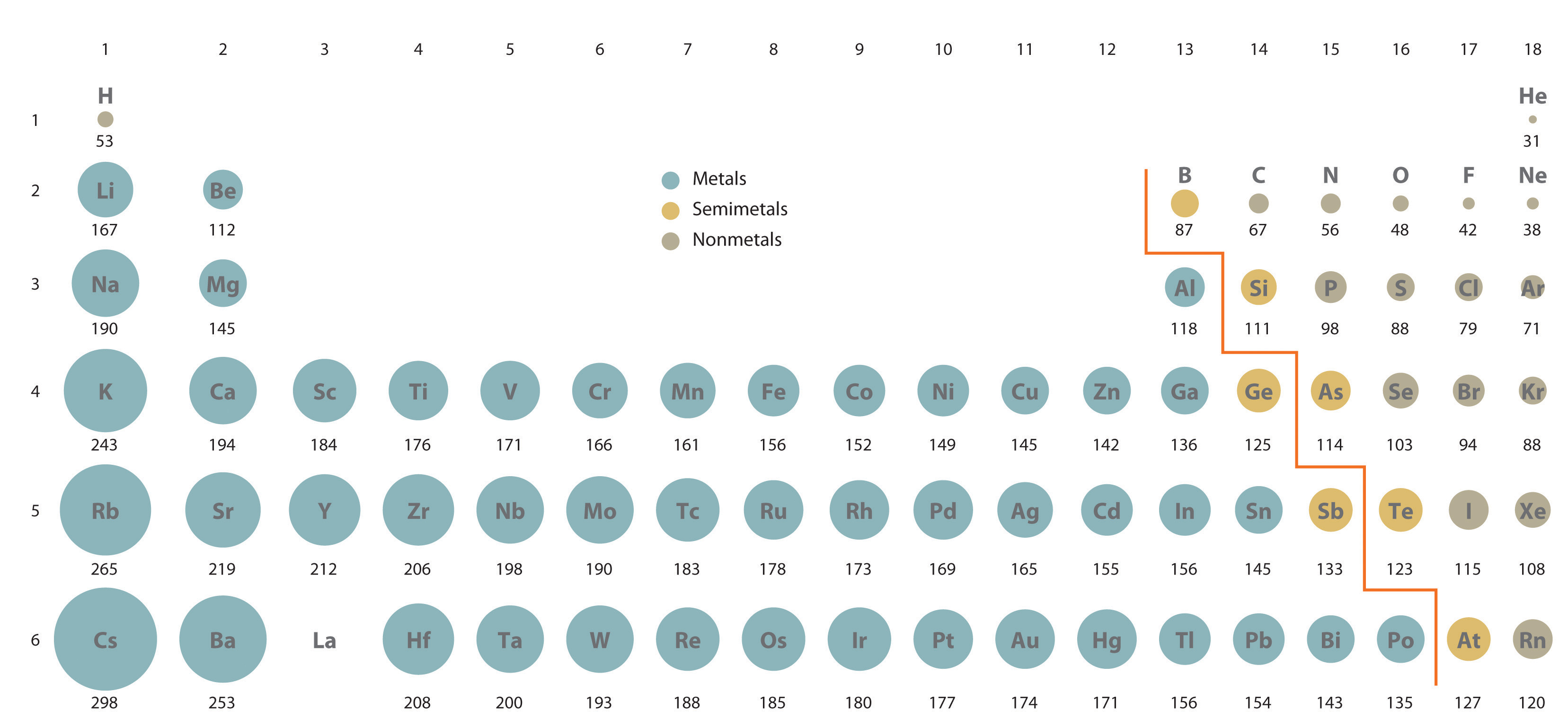
Tolerance used to detect symmetry in the system. Tolerance used to detect symmetry in case symmetrize is requested. If used icw Symmetrize, the symmetrization will not reorient the molecule. Orientation should be correct for the (sub)symmetry. Use (sub)symmetry with this Schoenflies symbol. Useful if the system is almost symmetric or to rototranslate a symmetric molecule into a standard orientation. This will symmetrize the atomic coordinates to machine precision. This might also rototranslate the structure into a standard orientation. Whether to symmetrize the input structure. In the Appendix Symmetry one can also find Schönfliess symbols for molecular point groups and symmetry labels that are used in AMS for molecules to label normal modes. If the system is symmetrized (and no symmetry is given in the System block key) the molecular structure is rotranslated into this standard orientation. In the Appendix Symmetry one can find molecular orientation requirements that AMS needs such that AMS can use the (sub)symmetry of a molecule. In case of molecules at the start of an AMS calculation one can symmetrize an almost symmetric structure. Symmetry can be used in AMS optimizations of molecules and of periodic structures. Note that the randomization of the coordinates is applied after a potential SuperCell keyword is not easily usable with input options that require the Specified explicitly in the System block input. The rest of AMS (and the input) it looks exactly as if the modified system was These modifications are applied immediately after the system block is read. MapAtomsToUnitCell Typeįor periodic systems the atoms will be moved to the central cell. This can be useful if you want to deviate from an ideal symmetric geometry, for example if you look for a phase change due to high pressure. Perturb the lattice vectors by applying random strain with matrix elements between. This can be useful if you want to break the symmetry of your system (e.g. Perturb the atomic coordinates by adding random numbers between to each Cartesian component. 1 number for 1D, 2 numbers for 2D and 3 numbers for 3D periodic systems). The integer numbers represent the diagonal elements of the supercell transformation you should specify as many numbers as lattice vectors (i.e. SuperCell TypeĬreate a supercell of the input system (only possible for periodic systems). The strain elements are in Voigt notation, so one should specify 6 numbers for 3D periodic system (order: xx,yy,zz,yz,xz,xy), 3 numbers for 2D periodic systems (order: xx,yy,xy) or 1 number for 1D periodic systems.

LatticeStrain Typeĭeform the input system by the specified strain. Modifying the geometry ¶įinally there are a number of keywords that modify the system geometry: System Symmetrize Type Moment only the extended XYZ file format is supported. In the input, the Atoms and Lattice blocks must not appear there. So if you specify the GeometryFile keyword Note that the GeometryFile key replaces both the Atoms and the Read the geometry from a file (instead of from Atoms and Lattice blocks). Instead of specifying the geometry of the system directly in the input file itĬan also be read from an external file. The following Atomsīlock shows how one would define a water molecule: Representing the coordinates of that atom in Angstrom.

xyz file: First the name of the element, then three real numbers The Atoms block contains one line per atoms, similar to the lines found inĪn. Requires the presence of the Lattice block.

Whether the atomic coordinates in the Atoms block are given in fractional coordinates of the lattice vectors. The system without an ID is considered the main one. In this case, all systems except one must have a non-empty string ID specified after the System keyword. For some applications more than one system may be present in the input. The geometry of the system is specified with the Atoms and Lattice See details.īondOrders # Non-standard block.


 0 kommentar(er)
0 kommentar(er)
